Industry shrugs off cotton boycott as region's garment shipments soar
The output of the cotton textile industry in the Xinjiang Uygur autonomous region and exports of its products both achieved significant growth this year despite a boycott of cotton and textile products from the region amid allegations of so-called forced labor, business insiders said.
Although the boycott of Xinjiang cotton and textile products initiated by the United States, which was based on groundless claims of forced labor, has cast a shadow over Xinjiang's cotton textile industry, the region has managed to become even stronger as its quality cotton and textile products remain popular in domestic and global markets, said Liu Yaozhong, deputy director-general of the textile industry sub-council of the China Council for the Promotion of International Trade.
In January, the US announced a ban on imports of Xinjiang cotton as well as related products over alleged human rights abuses. Two months later, public outrage was expressed in China after some international brands chose not to source cotton from Xinjiang, citing allegations of forced labor based on claims made by the Better Cotton Initiative, an NGO based in Switzerland that is supported by the US government.
"Thanks to the support of the massive domestic market and orders from the majority of countries, which can see the Xinjiang cotton issue objectively, the region's cotton textile industry didn't fall during the crisis. On the contrary, it has achieved healthy growth," Liu said on the sidelines of the China Xinjiang Development Forum held in Beijing on Monday.
The boycott hasn't affected Xinjiang's cotton production, as the region is expected to produce more than 5 million metric tons of cotton this year, about the same as last year. It will account for about 85 percent of China's total cotton production this year, Liu added.
In addition, the industrial added value of large and medium-sized textile companies in Xinjiang from January to August increased 26.4 percent year-on-year, while the industrial added value of large and medium-sized textile companies nationwide during the first nine months of the year was up 6.3 percent year-on-year, he said.
"It's clear that Xinjiang's textile industry has been growing fast," Liu added.
During a trip to Xinjiang in May, Liu said he noticed that many textile companies were short of workers, so the "forced labor" claim was just a joke among locals.
"The claim is just to politicize the trade issue," he said. "I hope international companies and buyers that have doubts can come to Xinjiang and carry out their own inspections so they can resume cooperation with Xinjiang cotton and textile suppliers."
After seven decades of development, the cotton textile industry in Xinjiang has become vitally important for people of all ethnic groups in the region and the domestic and global textile and garment industries, said Zhang Xi'an, vice-chairman of the China Chamber of Commerce for Import and Export of Textiles.
"Exports of textiles and garments from Xinjiang reached $4.74 billion in the first nine months of this year, an increase of 53.7 percent year-on-year. The growth is significantly higher than it was nationwide," Zhang said.
He added that the development of Xinjiang's cotton textile industry is key to local livelihoods as more than 65 percent of the workers in the industry are not members of the Han ethnic group.









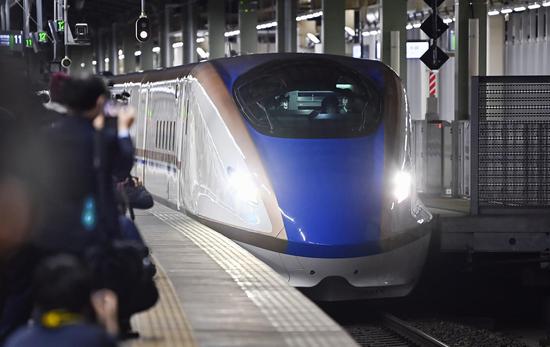

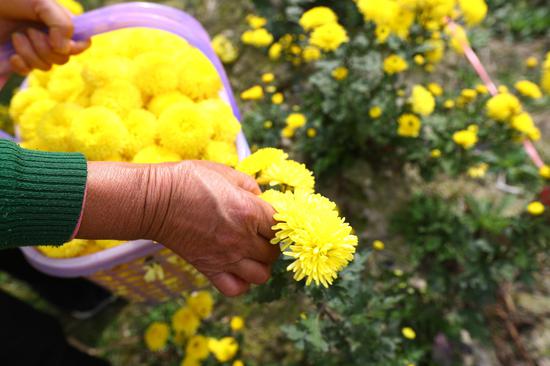
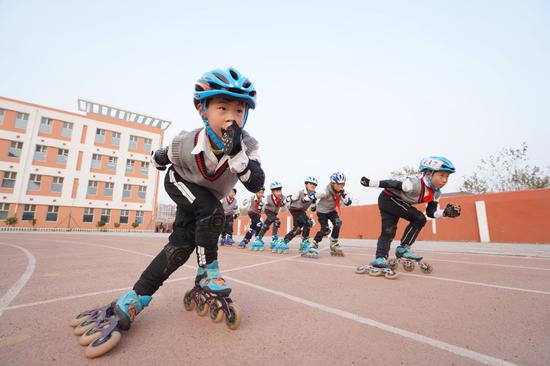
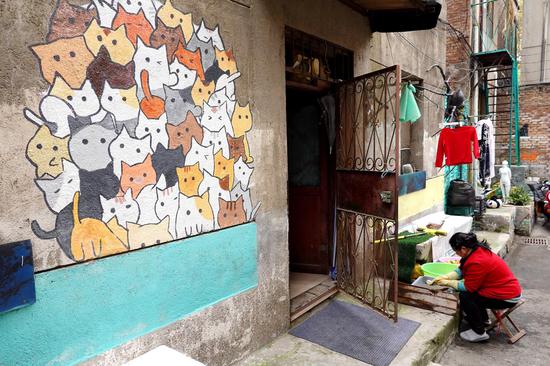
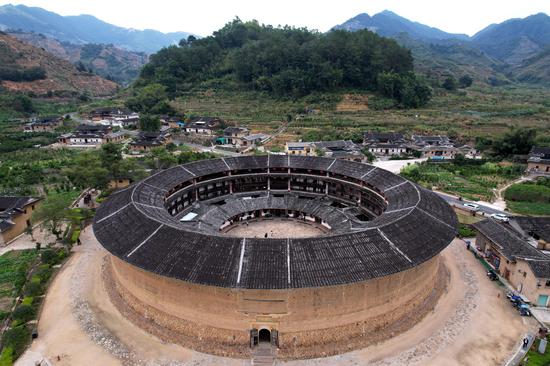
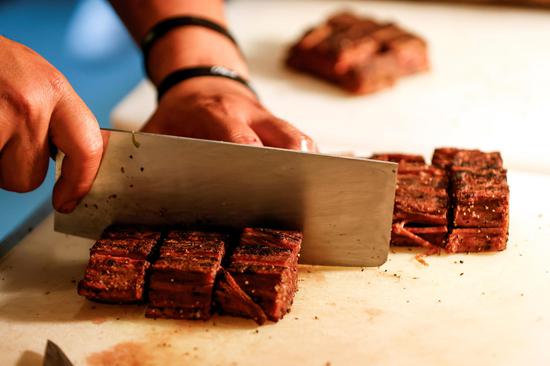


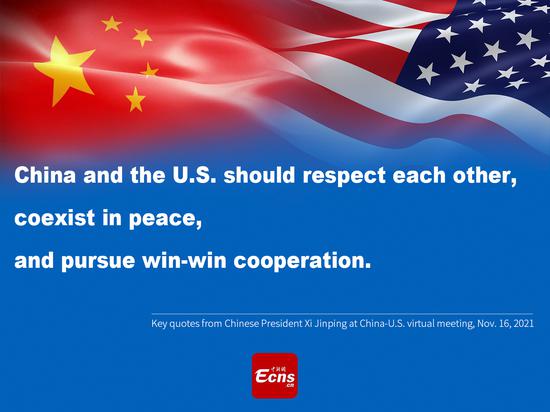
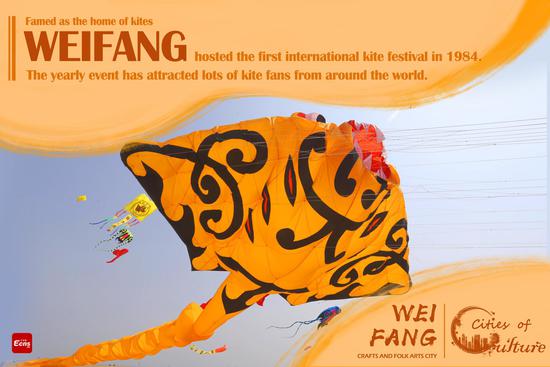

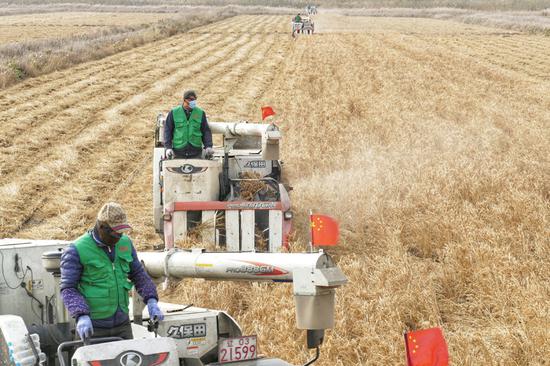
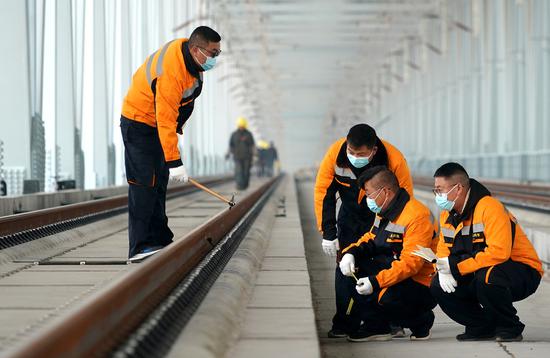
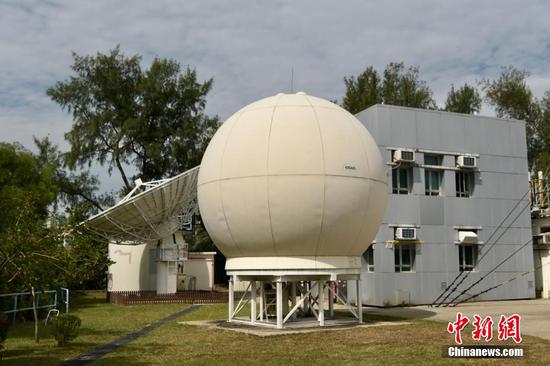
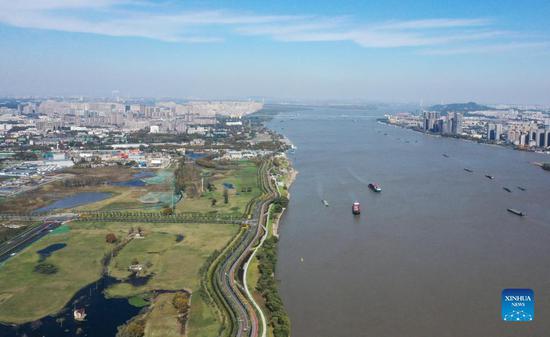
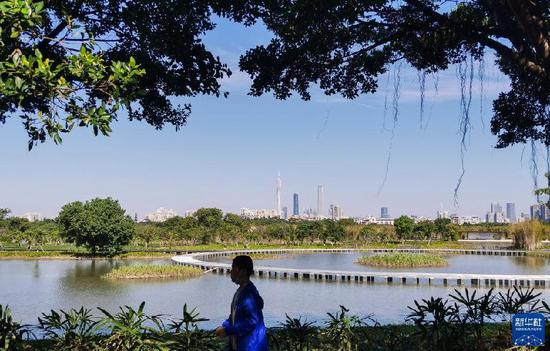




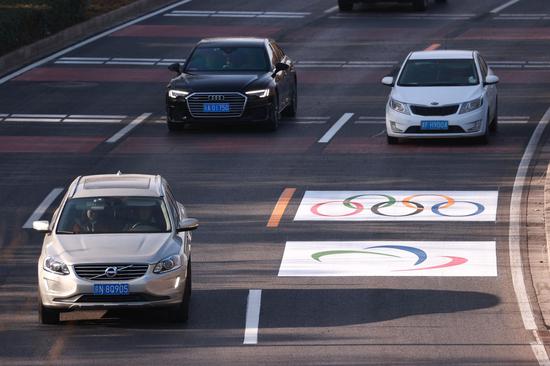
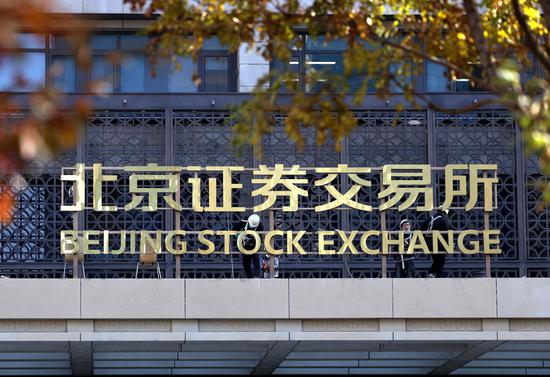
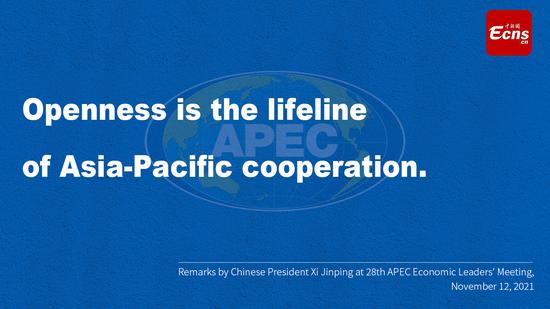
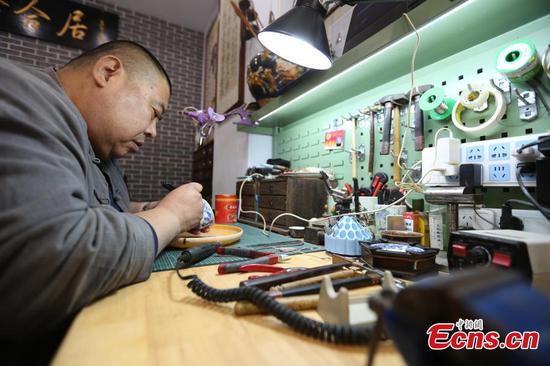
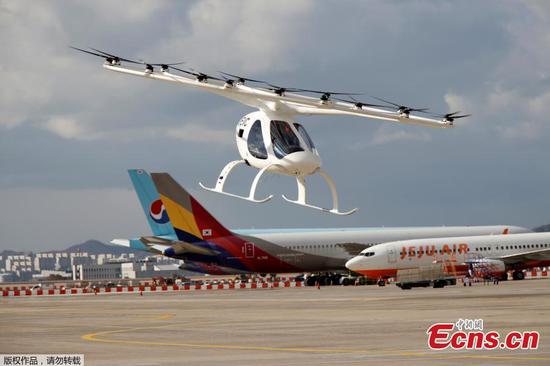
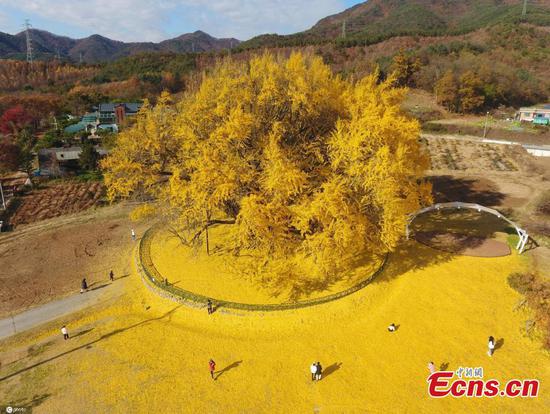
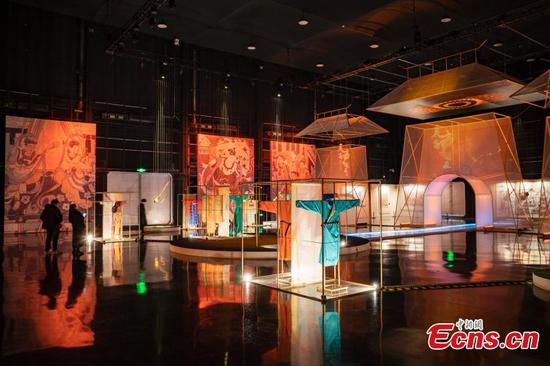

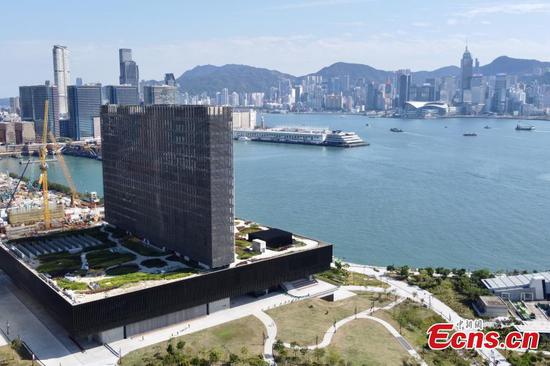
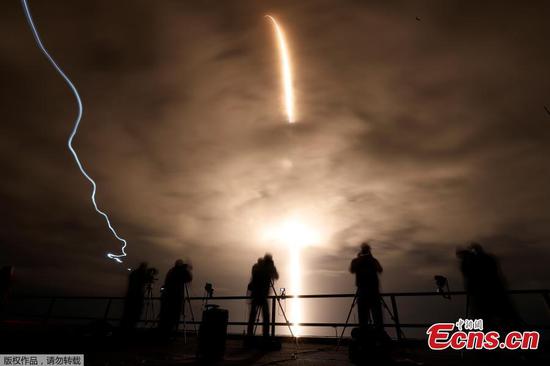


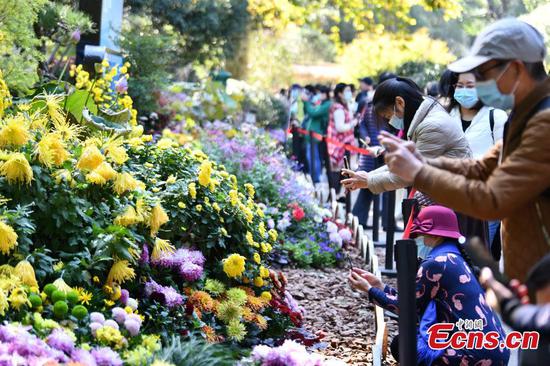
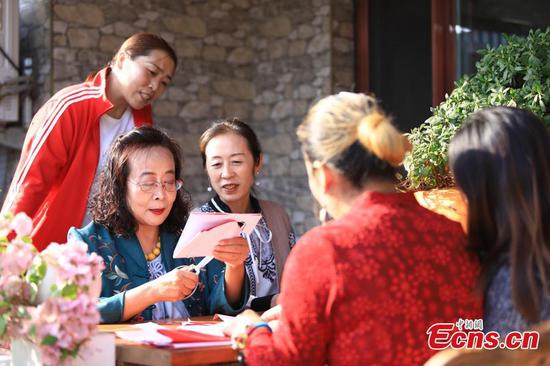
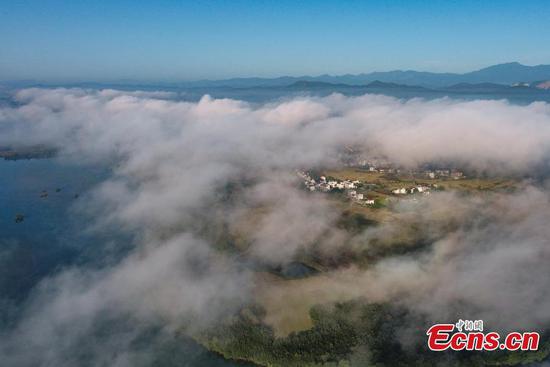



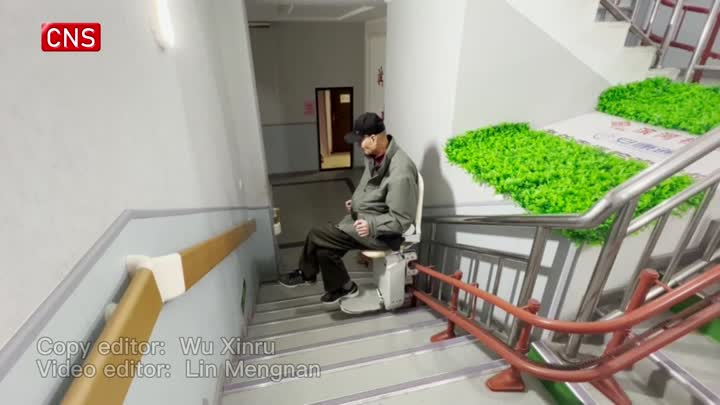

 京公网安备 11010202009201号
京公网安备 11010202009201号